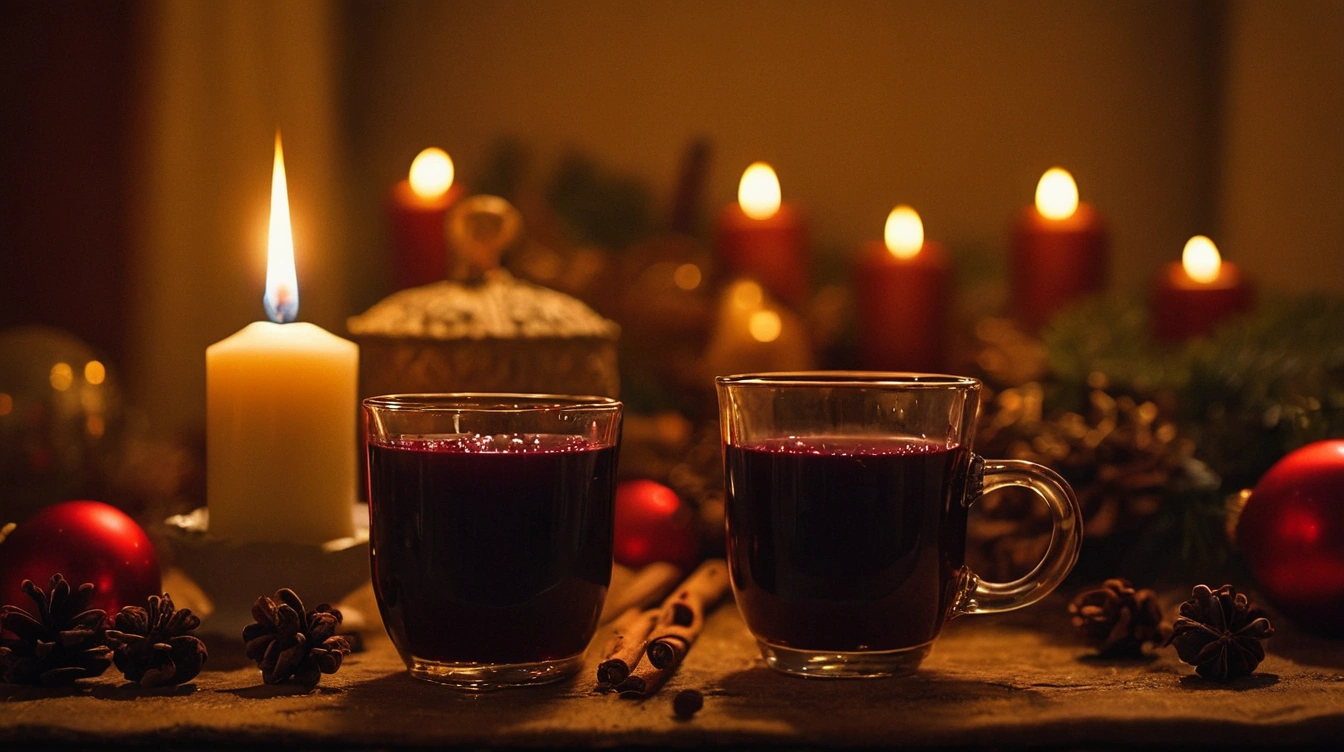What is your favorite holiday? Why is it your favorite?
When we think of Christmas, we often envision nativity scenes, decorated trees, and cozy gift-giving. But behind the Christian celebration of Jesus’ birth lies a much older tradition: one that spans centuries, cultures, and gods. Many of the customs we associate with Christmas today are deeply rooted in pagan celebrations of the winter solstice.
Let’s journey through time. We will explore how Christmas came to be. The light of ancient festivals still flickers in our modern holiday traditions.
☀️ Winter Solstice: The Rebirth of the Sun
Around December 21st or 22nd, the Northern Hemisphere experiences its shortest day and longest night. Ancient peoples saw this moment not as an end, but as a turning point—the symbolic rebirth of the sun. It was a time of fear and hope, darkness and light, death and renewal. To mark the occasion, early civilizations held festivals filled with fire, feasts, and prayers for the sun’s return.
🏛️ Roman Saturnalia (Dec 17–23)
In ancient Rome, the Saturnalia festival honored Saturn, the god of agriculture. It was a lively, rowdy week where:
- Social norms flipped: slaves dined with masters, and chaos reigned.
- People exchanged gifts.
- Homes were decorated with greenery and candles.
- The spirit of joy and equality temporarily replaced the rigid Roman order.
Many of these customs—especially gift-giving and communal feasts—would later echo through Christmas celebrations.
🌞 Dies Natalis Solis Invicti (Dec 25)
On December 25, Romans celebrated the “Birthday of the Unconquered Sun” (Dies Natalis Solis Invicti). They honored the sun god Sol Invictus. The timing wasn’t random: this was just a few days after the winter solstice. It was when the sun’s strength visibly began to return.
This celebration emphasized light conquering darkness, a theme also central to Christian symbolism.
🌲 Yule and Northern Traditions
Farther north, Germanic and Norse peoples celebrated Yule—a midwinter festival that featured:
- Evergreen trees, mistletoe, and holly as symbols of life amid death.
- The Yule log, burned to welcome back the light.
- Stories of the Wild Hunt, led by Odin, a bearded figure who rode through the sky—a mythic ancestor to Santa Claus.
These elements would later be woven into Christmas folklore, especially in Northern Europe.
✝️ The Christian Adoption of December 25

The Bible doesn’t mention a date for Jesus’ birth. Early Christians debated when to celebrate it, with some favoring spring or fall. But by the 4th century, Church leaders chose December 25—a strategic move to:
- Align with popular solstice festivals.
- Offer a Christian choice to pagan rituals.
- Symbolically associate Jesus, “the light of the world,” with the returning sun.
This syncretism helped Christianity grow without directly suppressing beloved seasonal customs.
🎁 What Remains Today?
Modern Christmas is a mosaic of beliefs and practices:
- Gift-giving recalls Saturnalia.
- Tree decorating and mistletoe hail from Yule.
- The date itself, December 25, once belonged to sun gods, not the Son of God.
Understanding these origins doesn’t diminish Christmas—it enriches it. It connects us to a long human tradition. We find light in the darkest season. We experience hope reborn and come together to celebrate life, warmth, and generosity.
So, when you light a candle, know that you’re participating in an ancient ritual. When you hang an ornament, remember this tradition is thousands of years old. As you sip your mulled wine, you’re partaking in a long-standing ritual.

You must be logged in to post a comment.